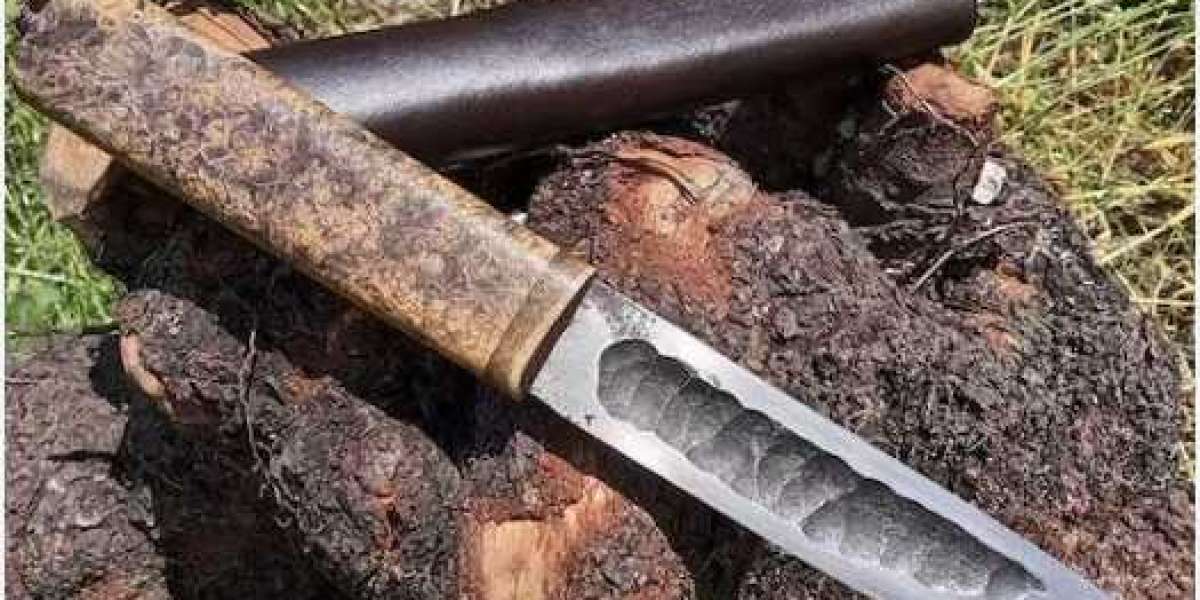Introduction: In the vast expanse of Siberia, two distinct cultures have given rise to iconic blades that reflect their unique heritage and traditions. The Yakut knife and the Russian knife, though sharing some similarities, embody distinct characteristics shaped by centuries of history and craftsmanship. Let's delve into the nuances and differences between these two blades to uncover their cultural significance and functional differences.
Origins and Cultural Context: The Yakut knife, also known as the Yakutian knife or Sakha knife, hails from the indigenous Yakut people of the Sakha Republic in Siberia. Crafted with care and precision by Yakut artisans, this blade has been an integral part of Yakut culture for centuries, serving as a symbol of tradition, survival, and craftsmanship. In contrast, the Russian knife encompasses a wide range of blade styles and designs that have evolved over centuries of Russian history, influenced by various cultural and regional factors.
Design and Construction: The Yakut knife is characterized by its distinct curved blade, sharp point, and ergonomic handle, designed to maximize cutting efficiency and comfort during use. Traditionally, Yakut knives are forged from high-carbon steel and adorned with intricate carvings and engravings that reflect Yakut mythology and symbolism. In contrast, Russian knives come in a variety of shapes and styles, ranging from the wide-bladed hunting knives of the Caucasus to the slender, double-edged blades of the Cossacks.
Functionality and Purpose: While both the Yakutian knife and the Russian knife are versatile tools used for hunting, fishing, and everyday tasks, they each excel in different environments and contexts. The Yakut knife's curved blade is well-suited for skinning game, carving wood, and performing intricate tasks, making it ideal for the harsh conditions of the Siberian wilderness. In contrast, Russian knives are often designed for specific purposes, such as the wide-bladed hunting knives used by Caucasian hunters or the slim, straight blades favored by urban dwellers for everyday carry.
Symbolism and Cultural Significance: The Yakut knife holds deep cultural and spiritual significance for the Yakut people, symbolizing strength, protection, and connection to the land. Its curved blade is said to represent the crescent moon, a symbol of femininity and fertility in Yakut mythology, while its sharp edge embodies the spirit of the hunter and warrior. In contrast, Russian knives are often associated with concepts of masculinity, bravery, and tradition, serving as symbols of national identity and pride.
Conclusion: The Yakut knife and the Russian knife are not just tools; they are embodiments of culture, heritage, and craftsmanship. While the Yakut knife reflects the resilience and ingenuity of the Yakut people in the harsh Siberian wilderness, the Russian knife embodies the rich tapestry of Russian history and tradition. Whether cherished as symbols of cultural identity or wielded as tools of survival, these blades serve as reminders of the enduring spirit and diversity of the peoples of Siberia and Russia. Yakut knives may be a good gift for Christmas.
Top of Form








